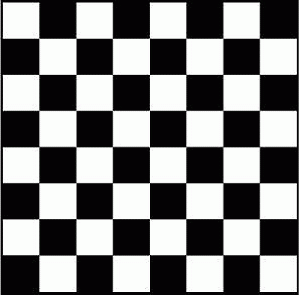-->
The weave can be made with any type of yarn. Made with tightly twisted, single yarns that are placed close together both in the warp and filling, and with the same number of yarns in both directions, the resulting fabric will be a durable, simple, serviceable fabric. If, however, the warp were to be made from a single yarn and the filling from a colorful boucle yarn, a quite different, much more decorative fabric would result. Both are the product of the same, basic, plain weave.
-->
Weave plan is the most popular topic of fabric structure and design in textile engineering courses. The manner in which groups of warp yarns are raised by the loom harnesses to permit the insertion of the filling yarn determines the pattern of the weave, and in large measure the kind of fabric produced. Weave patterns can create varying degrees of durability in fabrics, adding to their usefulness and also to their appearance. In a simple weave construction, consisting of the filling going under one warp and over the next, two harnesses are needed: one to lift the odd-numbered warp yarns, and econd to lift the even-numbered warp yarns. More than two harnesses are required for advanced weaves, and as many as forty for figured weaves. The three basic weaves in common use for the majority of fabrics are plain weave, twill weave, and satin weave, with some variations. Important constructions are also obtained from the following weaves: pile, double cloth, gauze, swivel, lappet, dobby, and Jacquard.
The plain weave is the simplest of the weaves and the most common used to produce plain woven fabric. It consists of interlacing warp and filling yarns in a pattern of over one and under one. Imagine a small hand loom with the warp yarns held firmly in place. The filling yarn moves over the first warp yarn, under the second, over the third, under the fourth, and so on. In the next row, the filling yarn goes under the first warp yarn, over the second, under the third, and so on. In the third row, the filling moves over the first warp, under the second, and so on, just as it did in the first row. Plain
Weave is the simplest and the most used weave.In a plain weave also called single weave, each warp yarn passes alternately over one and then under one filling yarn, for the whole length of the fabric.
Characteristics of plain weave:
• Plain weave fabrics are reversible unless some finish is given on one of the sides.
• Fabrics made of this weave are inexpensive & easily produced.
• Fabrics of this weave are durable.
• Ex: Muslin, Organdy, Chiffon, Voile, Cambric etc.
 |
| plain weave structure |
The weave can be made with any type of yarn. Made with tightly twisted, single yarns that are placed close together both in the warp and filling, and with the same number of yarns in both directions, the resulting fabric will be a durable, simple, serviceable fabric. If, however, the warp were to be made from a single yarn and the filling from a colorful boucle yarn, a quite different, much more decorative fabric would result. Both are the product of the same, basic, plain weave.
Plain-weave fabrics are constructed from many fibers and in weights ranging from light to heavy. Weaves may be balanced or unbalanced. Decorative effects can be achieved by using novelty yarns or yarns of different colors. Together with many of these novelty fabrics, a number of standard fabric types are made in the plain weave. In the past these standard fabrics were always constructed from specific fibers. At present suitable manufactured fibers are also woven into many of the standard fabric constructions.
No comments:
Post a Comment